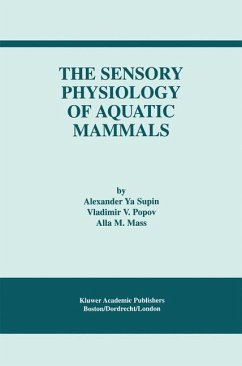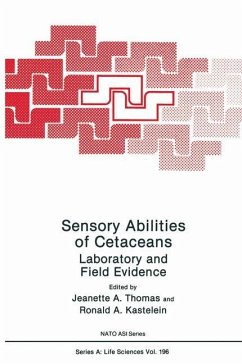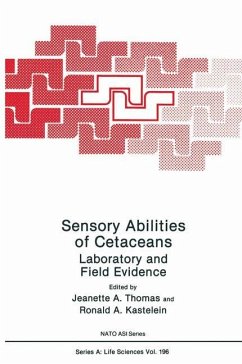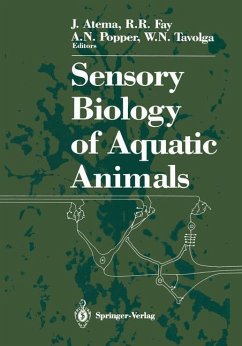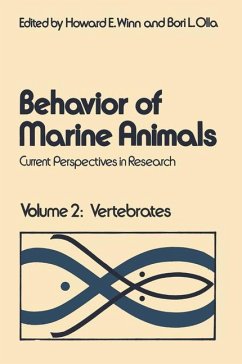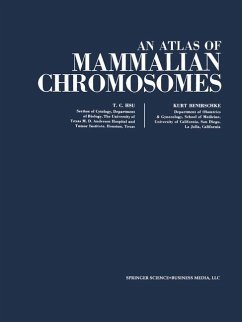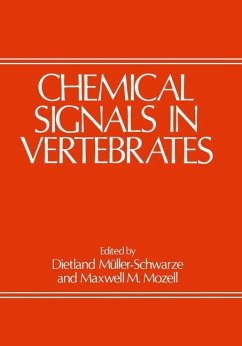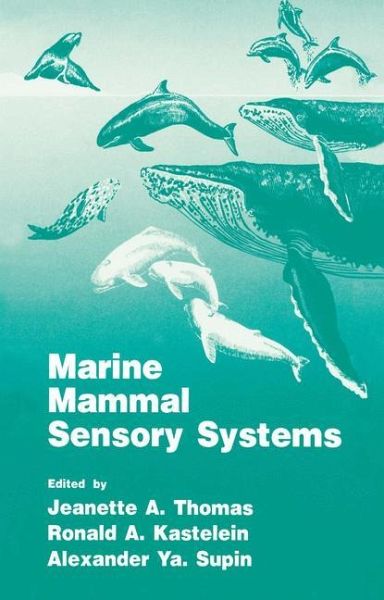
Marine Mammal Sensory Systems

PAYBACK Punkte
114 °P sammeln!
This book is a collection of original research papers given at a symposium entitled "Sensory Systems and Behavior of Aquatic Mammals", hosted by the USSR Academy of Sciences. The meeting was held in Moscow from 16 to 25 October, 1991 and involved nearly 100 scientists from around the world. The major headings of the book correspond to the session topics at the symposium. This meeting was not the first dedicated to problems of sensory systems in aquatic mammals. Experts in this field met several times previously to discuss important problems of sensory functions in echolocating animals. symposi...
This book is a collection of original research papers given at a symposium entitled "Sensory Systems and Behavior of Aquatic Mammals", hosted by the USSR Academy of Sciences. The meeting was held in Moscow from 16 to 25 October, 1991 and involved nearly 100 scientists from around the world. The major headings of the book correspond to the session topics at the symposium. This meeting was not the first dedicated to problems of sensory systems in aquatic mammals. Experts in this field met several times previously to discuss important problems of sensory functions in echolocating animals. symposia on biosonar systems were held in Frascati, Italy in 1966, then in Jersey, France in 1978, and in Helsingor, Denmark in 1986. Papers presented at these meetings were pUblished in books that advanced significantly the understanding of sensory systems (Busnel and Fish, 1980; Nachtigall and Moore, 1988). Initially, echolocating bats were the main subjects of consideration. However, studies on echolocating aquatic mammals, whales and dolphins, increased from one meeting to the next. Indeed, aquatic mammals are of exceptional interest for studying the adaptation of sensory functions for echolocation in specific aquatic environments. As a natural consequence of these developments, the 1989 symposium in Rome was devoted specifically to the sensory systems of cetaceans (Thomas and Kastelein, 1990). This symposium was held within the Fifth International Theriological Congress and was attended by many scientists.




